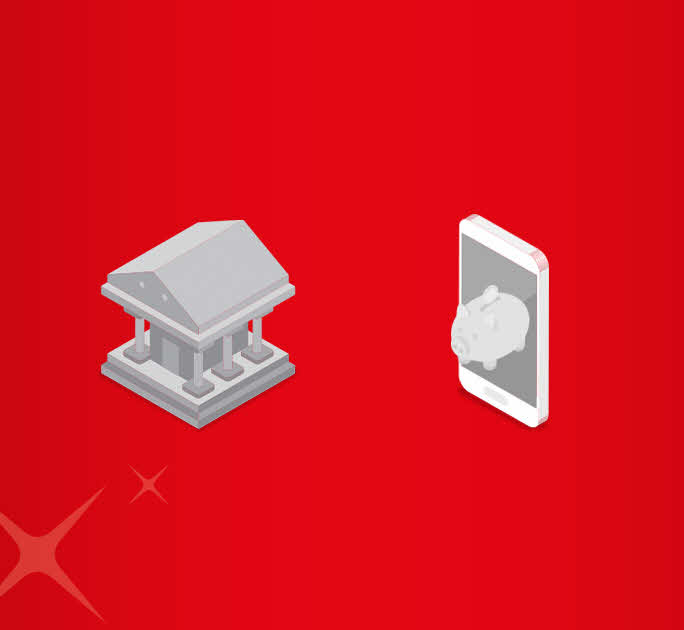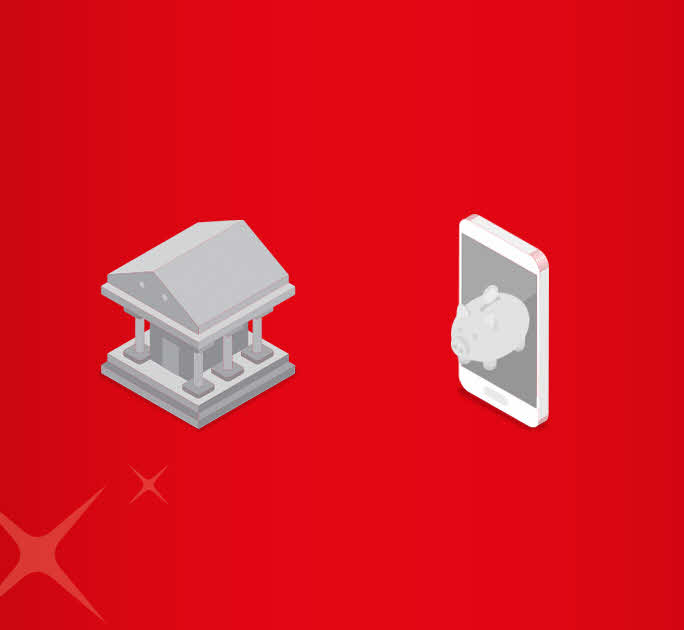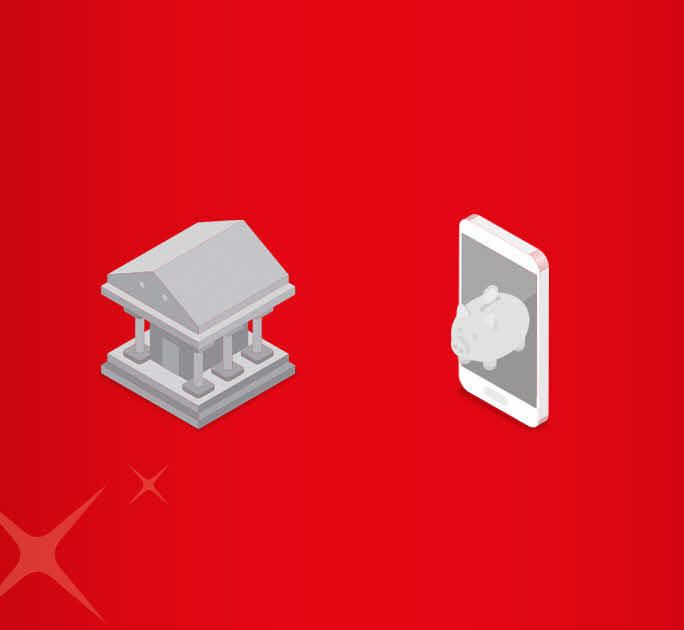- Save
- Invest
- Borrow
- Pay
- More
- Customer Services

How Much Does International Wire Transfer Cost?
An outline of the costs attached to making an international wire transfer.
TLDR Points
- An international wire transfer is an electronic means of transferring funds between sender and recipient.
- It is safe and convenient to use.
- The bank fee, GST, exchange rate markup charged by the bank and fees charged by intermediary or correspondent bank(s) collectively determine the cost of the transfer.
- Save money on your wire transfer by choosing a bank that offers competitive exchange rate markup, and zero fees on certain currencies and routes.
Introduction
Wire transfers are a popular way of sending money abroad. Many parents use it to quickly and securely transfer funds to their children studying overseas.
Wire transfer offers many benefits:
- There is no physical exchange of cash. Everything is done electronically.
- It is safe as information such as the sender and recipient’s account details are exchanged on the secure SWIFT communication network.
- It is a quick and efficient way of money transfer.
- All your domestic and international wire transfer records are stored electronically and can be easily accessed at a later date.
- You can initiate a wire transfer from anywhere, at any time.
Typical wire transfer fees
The fees charged by different financial institutions vary. It depends on several factors. Here are the variables that determine the final cost that you pay on your wire transfer:
- Amount of transfer
- Prevailing Goods and Services Tax (GST) rate
- Fixed processing fee levied by the sender’s and beneficiary’s bank
- The fee set by any correspondent or intermediary bank
- Markup charged by the bank on the exchange rate
The final cost you arrive at can be different for different financial institutions depending on their policy, terms and conditions.
Domestic vs international wire transfer fees
As you may have guessed from the variables discussed above, domestic wire transfers cost less than their international counterpart. This is because there is no need for intermediary banks or foreign currency exchange. The sender doesn’t have to pay any fee to any intermediary bank or any markup on exchange rates.
Charges of several major banks wire transfers
it is essential to understand that not all financial institutions will charge you the same. If you were to send the same original amount of money from different banks, the amount that finally reaches your beneficiary would be different. For example, a parent who wants to send ₹25,000 to her son studying in New York, may have to pay a total of ₹26,000 as the final amount if she were to send it through Bank A. But with Bank B, she may need to send ₹27,000 to cover the various charges.
It’s best to check out the fees before you decide to make an international money transfer.
Ways to cut wire transfer costs
We understand that every bit of money counts. Thankfully, there are ways to reduce the wire transfer cost without compromising on the speed or safety of your money transfer. Let’s see what you can do to save a significant amount of money:
- Choose a bank that levies no fee on the currency and country combination that you need. For example, if you need to send money to Canada from India and it needs to be converted into Canadian Dollars, choose a bank that levies no fee on this combination. This can reduce the cost that you have to pay.
- Choose a bank that offers competitive exchange rate markup.
Conclusion
Wire transfer is one of the easiest ways to send money abroad. Now that you know the variables that determine the fees for wire transfer, you can make an informed decision while doing a wire transfer.
DBS Bank provides international remittance services at preferential rates! Download the app to know more.











